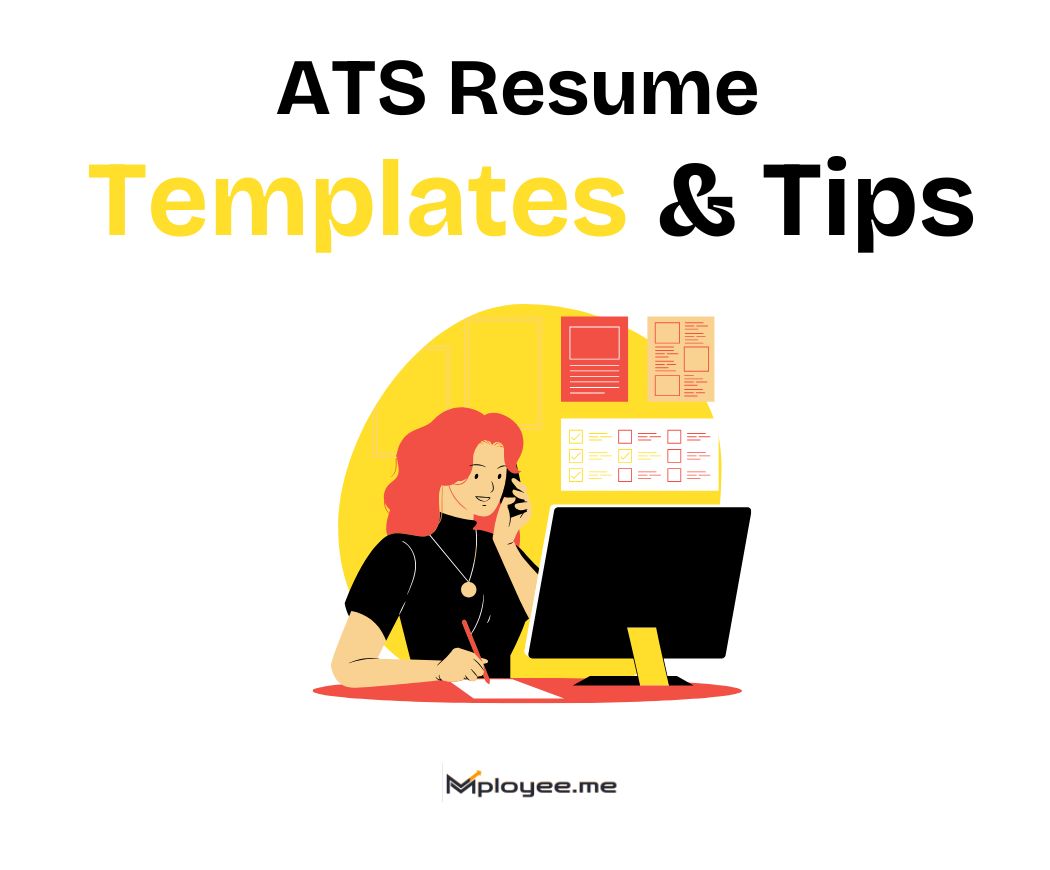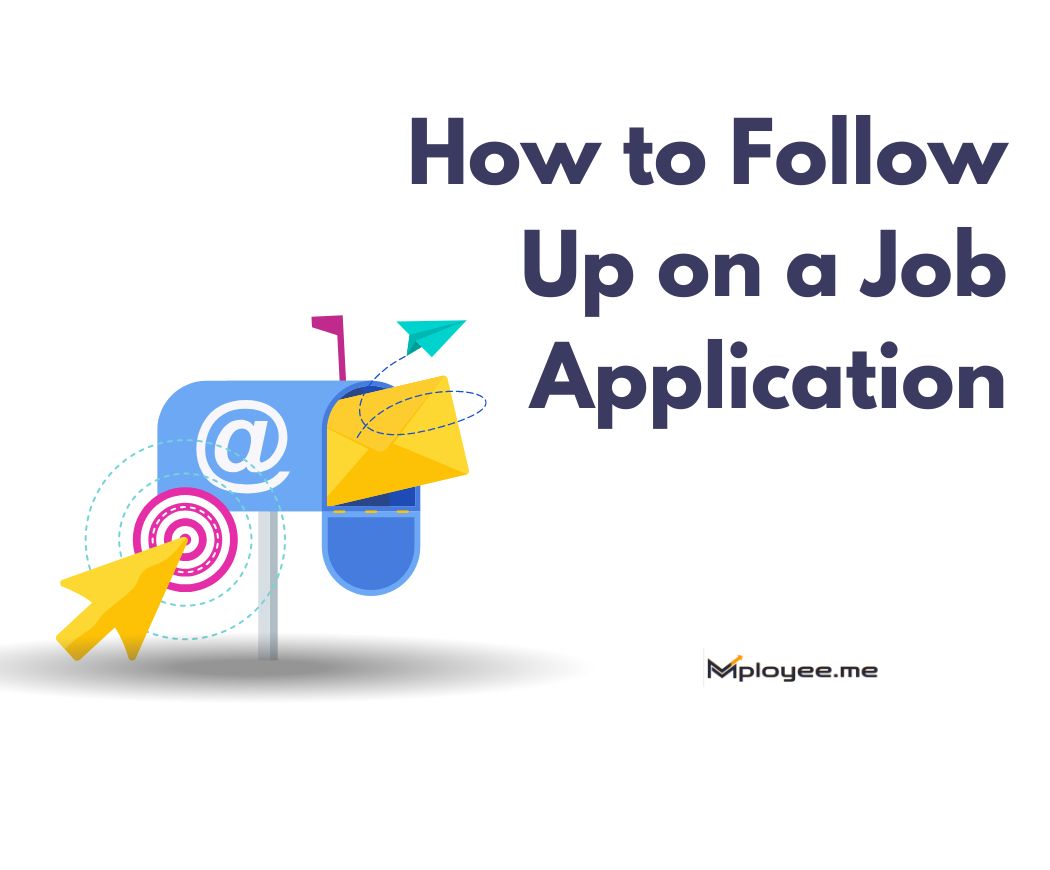
We'll cover
Top Soft Skills to Use as Keywords in Your Resume and LinkedIn Profile
Written By Editorial Team

We'll cover:
How to Identify the Right Soft Skills Keywords?
Locating the suitable soft skills for resume is very similar to giving the best description of your best character through the usage of the finest words. It is not a matter of guessing; rather, it is a question of comprehending what the employers seek.
We will explain to you the method how to find the right ones step by step:
Step 1: Read the Job Description Slowly
Check for words that describe the behavior or the characteristic of teamwork and are repeated. If the terms “communication,” “leadership,” or “problem-solving” appear numerous times, then they are the major skills to be included in the resume.
Step 2: Highlight Action Words
Mark or write down all the characteristics that pertain to a person's work style, for example, “collaboration” or “adaptability.” These are the strong key skills to mention in your resume.
Step 3: Utilize the Resume Keywords Tool from mployee.me
Resume Keywords is a free tool that helps in identifying the precise keywords for your resume. It analyzes your resume with the job description. It also indicates the missing and overused keywords in the resume. By aligning your resume with the job's requirements, it increases your possibility of succeeding in the ATS screening.
Step 4: Story Matching
Select the soft skills for the resume that are genuinely reflective of your work style. Do not copy every skill that you come across. Rather, concentrate on what truly corresponds to your experience.
Step 5: Prioritize
Create a list of your top 5 skills to include in your resume which correspond with the job most. Lead with those found in your summary or skills section.
Step 6: Re-examine and Update
Before you submit your resume, read it again. Each important skill for resume should come across as being a natural part of the whole story and not as being imposed.
The process of finding the right keywords for a resume is not about using fancy words; rather, it is about presenting your human side in a straightforward and understandable manner.
Top Soft Skills to Include by Industry (with Examples and Keyword Variations)
Every industry has its own priorities regarding the soft skills that are included on a resume. A teacher's skills may not be preferred by an engineer. To make your decision easier, a simple list is presented here that specifies the most crucial skills for resumes by industry along with their variations that can be used as resume keywords.
Top Soft Skills By Industry
| Industry | Top Soft Skills | Keyword Variations / Examples |
|---|---|---|
| Marketing | Creativity, Communication, Teamwork | Innovative, Persuasive, Collaborative |
| It / Tech | Problem-Solving, Adaptability, Time Management | Analytical Thinking, Flexible, Organized |
| Sales | Negotiation, Confidence, Empathy | Persuasive Speaking, Client Focus, Relationship Building |
| Education | Patience, Leadership, Motivation | Mentoring, Guidance, Classroom Management |
| Healthcare | Compassion, Multitasking, Reliability | Patient Care, Emotional Intelligence, Attention To Detail |
| Finance | Accuracy, Discipline, Integrity | Responsible, Detail-Oriented, Trustworthy |
| Hospitality | Customer Service, Teamwork, Flexibility | Guest Experience, Positive Attitude, Dependability |
| Engineering | Critical Thinking, Communication, Creativity | Solution-Driven, Logical, Innovative |
| Human Resources | Empathy, Decision-Making, Adaptability | Conflict Resolution, Supportive, Flexible Mindset |
| Design | Creativity, Collaboration, Open-Mindedness | Brainstorming, Artistic Vision, Concept Creation |
How to Strategically Insert Soft Skills into Your Resume?
Placing your soft skills for resume in the right places makes a significant difference significantly. They might not get noticed if you merely put them in one section. However, while telling about your work experience they become more realistic.
Here is how to use soft skills in resume:
Step 1: Begin with the Summary
In your career summary, incorporate 2–3 key skills for resume seamlessly. For example: “Recognized for effective collaboration and fast learning in the course of the projects.”
Step 2: Add Skills into Experience Section
Not only should you tell what you did but also how you did it. Don’t just write “project leader” but “project leader through good communication and showing leadership.” This will create more opportunities for the skills to put on resume to be seen.
Step 3: List Skills Separately
Set aside a small section named “Core Skills” or “Soft Skills.” Present your most assertive keywords for resumes in bullet points, e.g., “critical thinking,” “time management,” etc.
Step 4: Use Numbers When You Can
If you can, demonstrate the difference made by your soft skills for the resume. For example: “teamwork resulted in delivery time reduction by 20%.”
Step 5: Keep it Balanced
Mix both key skills for the resume and hard skills. It indicates that you are both capable and relatable.
Step 6: Review for Repetition
When one skill is too repetitive, replace it with another similar resume keyword. Variety demonstrates control and depth in language.
The strategy is not to load your resume with soft skills but rather to make every word count. Every single sentence should have the effect of narrating a tiny story about your character and principles.

Optimizing Your LinkedIn Profile
Your resume might lead to the next step, but LinkedIn is the one that gets you remembered. Having soft skills on LinkedIn that match the resume refers to a potential person rather than just a list of tasks.
Let’s discuss ways to improve your LinkedIn:
Step 1: Utilize Keywords in the Headline
Include your best key skills for resume in your headline. For example: “Project Manager | Communication | Leadership | Adaptability.”
Step 2: Compose a Friendly "About" Section
Craft a short narrative about your development. Use 3-4 skills to put on resume smoothly. For example, say you like problem-solving or team-leading.
Step 3: Add Skills to the ‘Skills’
Clearly state your resume keywords. You can change the order so that the three strongest are on top.
Step 4: Collect Endorsements
Encourage your colleagues to give endorsements for your soft skills in the resume. It creates trust when other people back up your claims.
Step 5: Post and Comment Thoughtfully
Show your main skills for the resume through actions. It will be showing that you have good ideas, which reflect the qualities of creativity or empathy, when you post. When you comment, use polite and positive language.
Step 6: Keep Updating
Every couple of months, your skills to be put on the resume should be updated. As the job market changes, so do the important keywords for resumes.
A powerful LinkedIn profile narrates your career history beyond a mere paper document. It links you to actual individuals who appreciate your work style.
Understanding Soft Skills vs. Hard Skills
A lot of individuals confuse soft skills with technical ones. They are both necessary, but they have different functions.
- Soft skills: They are the ones that define your interaction, leadership, and adaptability.
- Hard skills: These are attributes that can be quantified such as software programming, writing, or the use of a particular tool.
Importance of Having Both:
- Soft skills gain you people’s trust.
- Hard skills make you carry out the job.
They together give the complete view of your capacity.
Examples:
- A software developer may cite coding as their hard skill while team work as their soft skill.
- A teacher may take subject mastery as their hard skill and compassion as their soft skill.
When putting down your skills on a resume, always bring into play both categories. Recruiters get excited when they see how your primary skills for resumé have links to your accomplishments. For example, instead of just stating “communication,” you might say, “used communication to train 20 new hires."
Common Mistakes to Avoid (With Do’s and Don’ts)
Even the most impressive resumes can be ruined by a lack of soft skills descriptions. These are the most frequent errors people make when adding skills to put on resume, along with the appropriate corrections for each.
1. Using Too Many Keywords
In an attempt to impress, a lot of applicants stuff their resumes with buzzwords. However, such resumes are rejected by the recruiters and ATS software. It is better to have a few strong, relevant keywords than many random ones.
Do: Use each key skill for resume only when it fits your story naturally.
Don’t: Repeat the same resume keywords many times just to add more words.
2. Copying from Job Descriptions
If you copy-paste words from job descriptions, your resume will look generic. Employers only want to see your true strengths, not repeated lines.
Do: Pick soft skills for resume that really correspond with your experience.
Don't: Take lines from job descriptions or use resume keywords that do not match your genuine strengths.
3. Ignoring Proof of Skills
Merely mentioning “leadership” or “communication” is not sufficient. Recruiters look for proofs that will show how you have been enacting these potentialities in the real world.
Do: Write short examples to show your key skills for resume, like “helped reduce delays through teamwork.”
Don’t: State skills to put on resume without demonstrating how you applied them.
4. Not Updating Your Resume
Time strengthens your qualities, but many people forget to make their resumes reflect that. Old or irrelevant skills can make you appear behind the times
Do: Assess your soft skills for resume every few months and make them progressive.
Don't: Retain outdated resume keywords that no longer match your current job.
5. Skipping LinkedIn Alignment
Your resume and LinkedIn profile should show the same thing. Recruiters commonly examine both, and if there is mismatched information, a reason for doubt will be created in the recruiter's mind.
Do: Associate your skills to present on your resume with those in your LinkedIn profile for uniformity.
Don’t: Use distinct key skills for resumes in different places. This will only confuse the recruiters.
Key Takeaways
Your CV and LinkedIn profile are not only about what you did but also about how you portrayed your character and work style. The following are the key points to remember when you consider skills to put on resume.
- Select soft skills that really correspond to your experience.
- Take advantage of the Resume Keywords tool by mployee.me to discover missing keywords.
- Mix hard and soft skills for a balanced approach.
- Put your best skills on resume in the summary and experience sections.
- Maintain the same key skills for the resume on LinkedIn and your CV.
- Prove your soft skills with real-life examples.
- Constantly update your resume keywords to keep them relevant.
The smart use of soft skills creates a resume and a profile that is human, clear, and ready for contemporary hiring tools. It not only displays what you are capable of but also reveals how well you can connect, lead, and develop.
What are the 7 major soft skills?
The seven most significant soft skills are communication, teamwork, adaptability, problem-solving, time management, creativity, and leadership. They are the most common soft skills for resumes as they indicate how well you are able to relate to others, remain flexible, and carry out activities smoothly in any situation.
What soft skills should I put on LinkedIn?
What are the 10 key soft skills?
What should I write in soft skills in a resume?
Is leadership a soft skill?

Got Your Answer ?
Learn this in 30 Seconds 👇
Career Blogs
Our career blog is your go-to resource for insightful advice, practical tips, and the latest trends in the job market.

Office Address: Room No 305, IIT ROPAR-TBIF, Top Floor (East Wing), M.Visvesvaraya, Rupnagar PB, 140001
- Free Online Resume Review
- Check Resume Score
- Job Description Keyword Finder
- Resume Shortlisting Software
- Resume Scanner for Jobs
- Find jobs that match with resume
- Job matching platform
- Resume job matching
- Job suggestion
- Best sites to find jobs
- Free ats resume scanner
- Auto apply for job
- Full Time Jobs
- I Need a Job
- Information Technology Jobs
Can't Find Something? Get in Touch.
©2025 Padhakku Peek A Book Pvt Ltd (Mployee.me)






